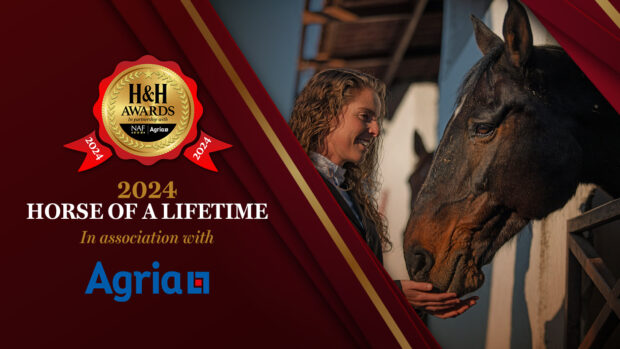Expert advice from Baileys’ canine nutritionist on caring for dogs in hot weather
Q: Our longhaired German Shepherd suffers terribly in the hot weather and I worry about him getting heatstroke when he hacks out with us.
In the summer, he spends most of the day lying in the shade of a tree and is fine as long as one of us remains in his sight, but gets upset if left in the yard on his own, which coupled with the heat leads to desperate panting and heat stress.
Can you please advise?
Nurtitionist Liz Bulbrook replies: Heat stroke is a complex process that can lead to the damage of cell membranes and enzymes, as well ashaving severe effects on the central nervous system. This can lead to seizures, coma or death in extreme cases; therefore it is best that efforts are made to prevent it rather than have to deal with it.
Common sense goes a long way in the prevention of heat stroke, and in the hot weather in the summer months then it may be better for your dog to stay at home or in the yard when you ride out.
Alternatively, try and ride out early in the morning or evening when it is cooler. Ensure that your dog has access to plenty of water at all times as well as providing areas of shade and places to keep him cool.
The most difficult times will be when the temperature and humidity are high. Panting helps to cool the dog down through evaporation of water, however if the dog can lose heat by conduction (i.e. contact with another object such as a cold floor) or convention (i.e. air currents from a breeze or fan) then this is also beneficial.
If you have a spare stable or an area of barn with a concrete floor then encourage your dog to lie on the cool floor if possible.
If you find that he gets too hot from having been out with you, or from having got distressed, then spraying with cool water can also be helpful, or providing access to a paddling area.
It’s not unknown to see dogs climb into water troughs on extremely hot days! Obviously don’t get your dog soaked so that he gets a chill, but spraying the back of the neck, the inside of the upper thigh and armpits where the legs meet the body are key areas, as these are areas where the blood vessels are closest to the skin surface.
As to your dog getting upset when you leave the yard and running around getting hot, then consider shutting him in a stable or cool area, or fence an area off that is shady so that he can’t run around too much.
It may be worth getting him use to having a restricted area when you are onthe yard so that you can reassure him everything is okay.
Many people leave a radio on in the yard as company for the horses and you may wish to consider the same for the dog when you are off the yard and he cannot come with you.
Read more on caring for your dog:




